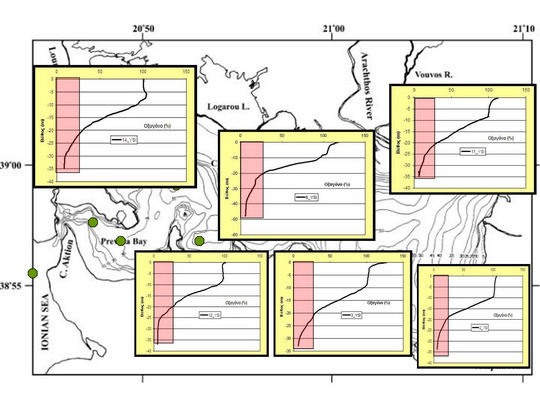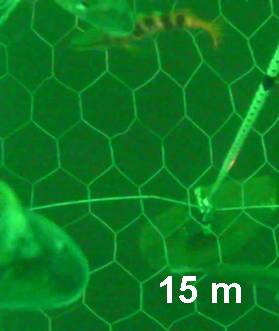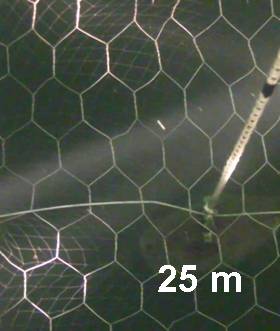|
Amvrakikos Gulf, a semi-enclosed embayment in northwestern Greece, is about 35 km long and 6 to 15km wide (410 km2). Its maximum depth is 65 m and it is separated from the open Ionian Sea by a beach barrier complex. The connection between the Gulf and the Ionian Sea is through a narrow, elongated channel, the Preveza Straits, about 6 km long and ranging in width from 0.8 to 2km. The sill depth over this distance is between 2 and 10 m, including a man-made navigational channel. The Gulf is bounded by rock to the south and east, and to the north by the delta plain of the Aracthos and Louros rivers and associated lagoons. The geomorphology and the evolution of the gulf is similar to that of the Baltic Sea and the Black Sea. The position and shape of the bay which create a large and protected sea with rich and diverse coastal zone have attracted human activities since ancient times. Nicopolis (perhaps the largest city of ancient Greece) exploited the natural capital of the region. The natural wealth of Amvrakikos is playing a significant role in the human survival and culture up until today. Amvrakikos Gulf has a rich fishing tradition which goes back in ancient times. The first references have been made at the time of Ancient Nicopolis presentations on mosaics and ceramics of the area. During this period appeared the extensive aquaculture in the lagoons which continues till today (traditional structures named ivaria from the latin vivarium). The fishing activity in Amvrakikos lasts until our days. At least 33 fish species live in the gulf and several of them use the lagoons as nursery grounds. Shrimp (the famous “gampari”), red mullet, common sole, sea bream and sea bass, sardine, mullet, eel and cuttlefish compose the main landings. Each year, different local traditional festivals are organized, each one having a different fish emblem: the sardine, shrimp or red mullet. All these traditions confirm the strong linkage between the local communities and the ecosystem of the Amvrakikos Gulf. In addition to the traditional fisheries 20-30 fish farms producing mainly sea bream and sea bass (more than 7000 tones per year) have established the last decades. Several hundreds of sea turtles and a stable population of bottlenose dolphins (known as the small dolphins of Amvrakikos) live in the rich waters of the gulf. Unfortunately, the last decades a degradation of the sea water quality is observed. The Gulf is characterized by a fjord like oceanographic regime. The water column is characterized by a well stratified two layer structure: a well oxygenated surface layer and a bottom layer separated by a strong pycnocline. At the surface there is brackish water and saline water near the bottom where the dissolved oxygen (DO) declines sharply and finally attains zero (hypoxic/anoxic zone). These conditions appeared during the last 20 to 30 years and they were caused by the excessive use of fertilizers, the increase in animal stock, the intensive fish farming and domestic sewage. The two dams in the main rivers and changes of the topography of the channel communicating with the open sea played also an important role |
|
 in summer 2008 Below the depth of 20m the oxygen concentration is to low to maintain life. The three side photos show obvious differences between the upper and deeper layers (August, mid-day). In several cases the upward movement of the anoxic waters induced important fish die-off. The inflicted hypoxia/anoxia has resulted in habitat loss on the seafloor over an area more than 50% of the total Gulf surface. Amvrakikos entered in the long and rapidly growing list of the marine dead zones of the world. |
0 |








